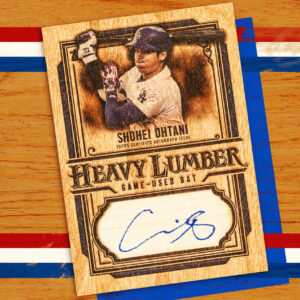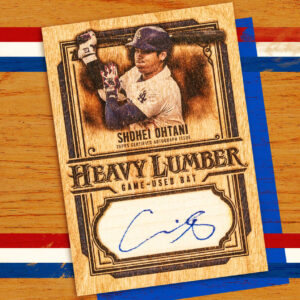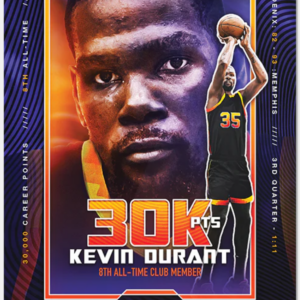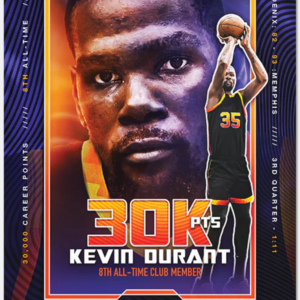In the ever-changing world of sports memorabilia, the market for modern sports cards can sometimes feel like a wild roller coaster ride, with its rapid highs and sudden drops. However, amidst this volatility, vintage sports cards have emerged as a reliable and lucrative investment option. These cards not only offer stability but also possess the potential for appreciation, especially in what many consider a bubble market for their modern counterparts.
The appeal of vintage cards extends beyond nostalgia; it is grounded in their scarcity and historical significance. While modern sports cards flood the market with large print runs, vintage cards belong to an era of limited production and a smaller collector base, making them inherently rare. This scarcity plays a crucial role in the cards’ ability to retain value and often appreciate over time, even when the market for newer cards experiences turbulence.
Furthermore, vintage cards are tangible pieces of sports history. When collectors invest in these cards, they aren’t just purchasing a piece of cardboard; they are acquiring a story, a legacy that is encapsulated within a small frame. From iconic cards like Babe Ruth’s 1933 Goudey card to Mickey Mantle’s 1952 Topps card, these vintage pieces carry the weight of sports folklore. As a result, they resonate with collectors on a level that goes beyond simple supply and demand metrics.
The investment case for vintage cards is further strengthened by their proven track record. Vintage cards have demonstrated resilience even during downturns in the overall sports card market. Not only do their prices hold steady, but they often climb, delivering solid returns for collectors with the foresight to invest in them.
In contrast, the modern sports card market is characterized by a boom-and-bust cycle, fueled by speculative buying and the constant influx of new players and print runs. The “bubble” in the modern card market is partially inflated by hype and the prospect of quick profits, which can, in turn, result in a market correction and sudden devaluation of previously hot cards.
For investors and collectors who are wary of these market dynamics, vintage cards serve as a safe harbor. The vintage card market is supported by a passionate community of long-term collectors, many of whom are enthusiasts first and investors second. This community’s dedication to the historical and sentimental value of vintage cards helps stabilize the market and makes it a reliable investment option.
Additionally, the vintage market benefits from a well-established grading system. This system ensures the authenticity and condition of cards, providing an extra layer of security for investors. Organizations like the Professional Sports Authenticator (PSA) offer widely respected grading services, giving collectors confidence in their purchases and protecting their investments.
In conclusion, while modern sports cards can provide excitement and the possibility of quick gains, they also come with significant risks, particularly in an overvalued market. Vintage cards, on the other hand, represent the foundation of the sports card collecting hobby. They are the blue-chip stocks of the collectibles world, likely to hold their value or appreciate even when newer cards stumble. For those seeking to invest in sports cards, vintage cards may just be the best play, combining the joy of collecting with the prudence of a sound investment strategy.






